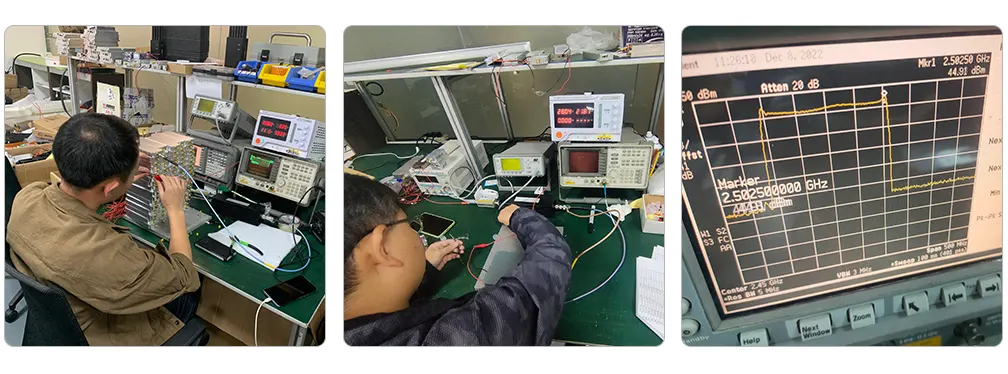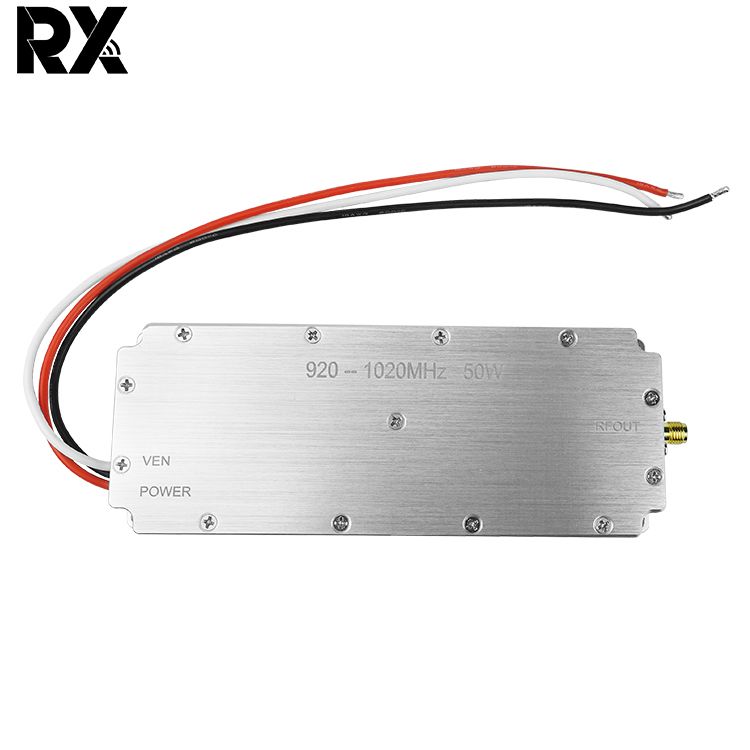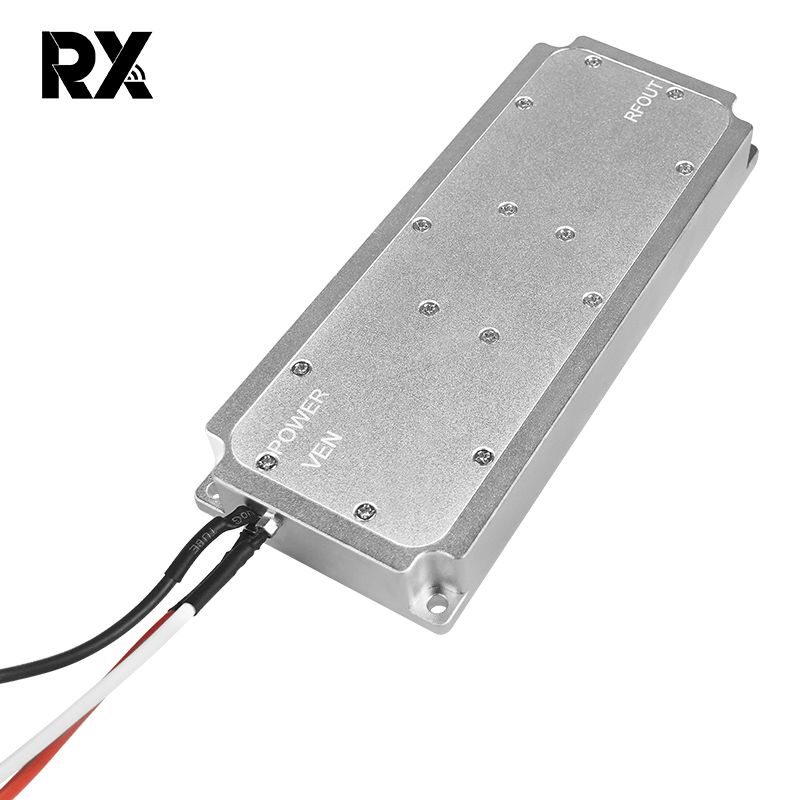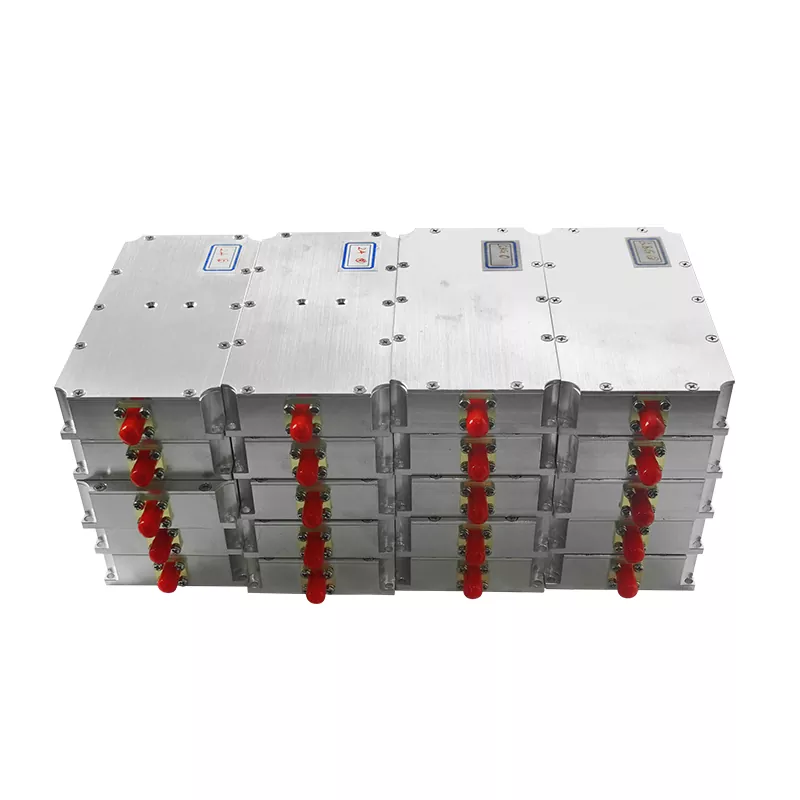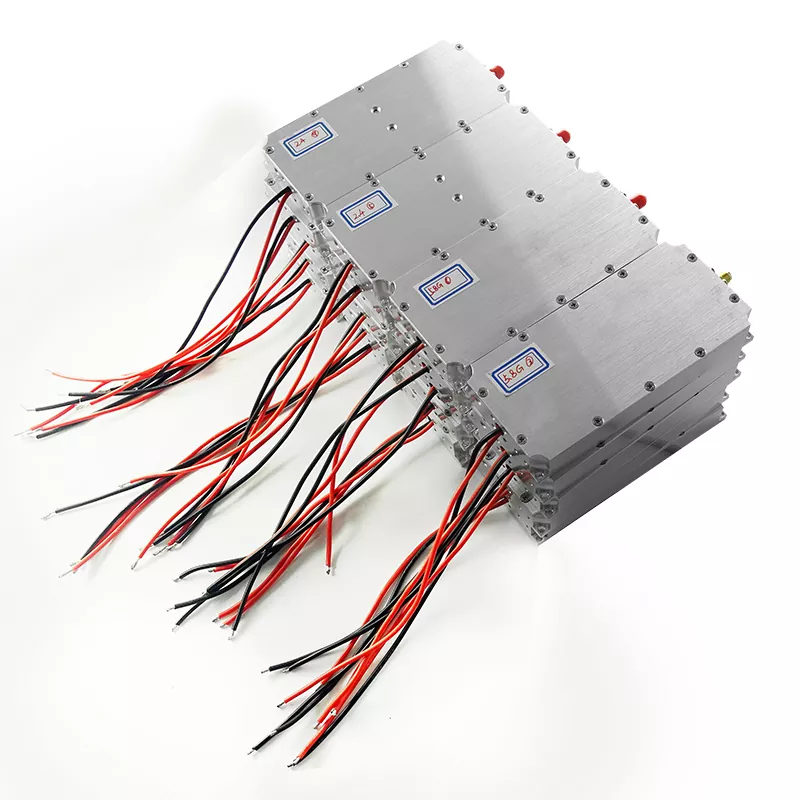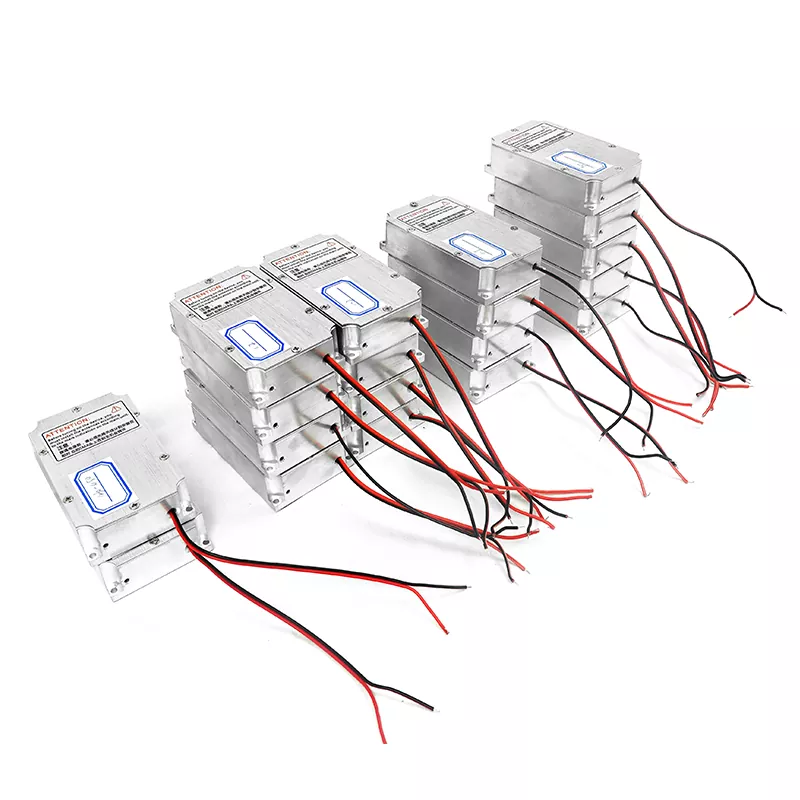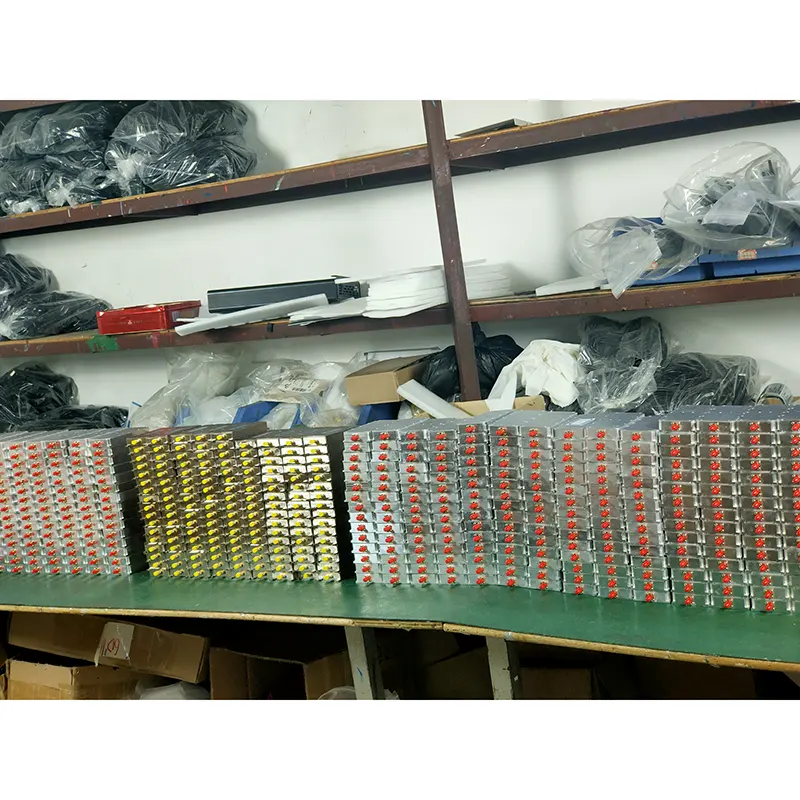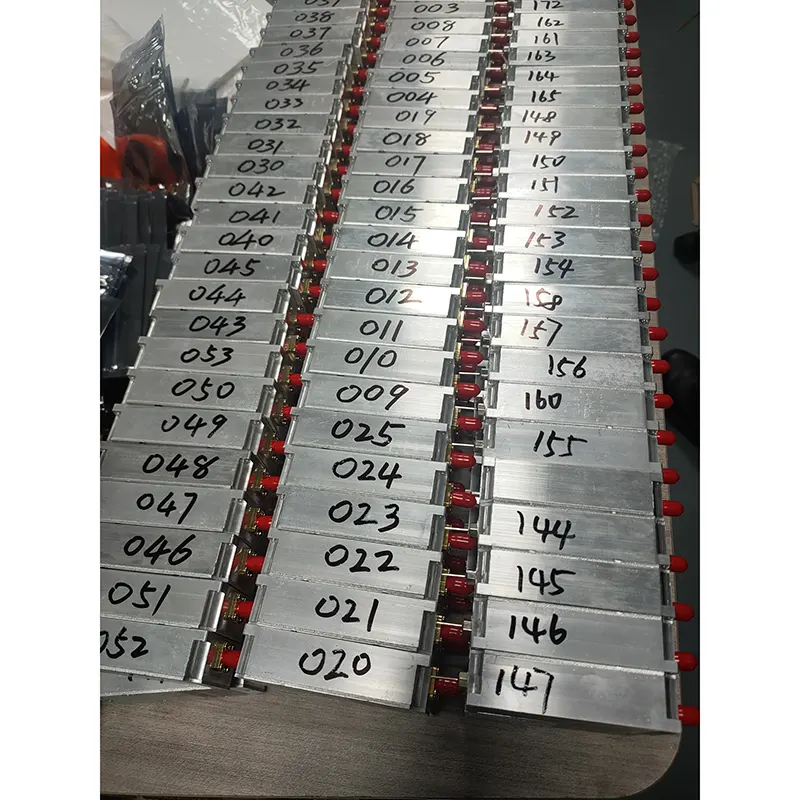
- English
- Español
- Português
- русский
- Français
- 日本語
- Deutsch
- tiếng Việt
- Italiano
- Nederlands
- ภาษาไทย
- Polski
- 한국어
- Svenska
- magyar
- Malay
- বাংলা ভাষার
- Dansk
- Suomi
- हिन्दी
- Pilipino
- Türkçe
- Gaeilge
- العربية
- Indonesia
- Norsk
- تمل
- český
- ελληνικά
- український
- Javanese
- فارسی
- தமிழ்
- తెలుగు
- नेपाली
- Burmese
- български
- ລາວ
- Latine
- Қазақша
- Euskal
- Azərbaycan
- Slovenský jazyk
- Македонски
- Lietuvos
- Eesti Keel
- Română
- Slovenski
- मराठी
- Srpski језик
UAV Jamming Module Anti Drone Signal Jammer Module
Shenzhen Rongxin Communication Co., Ltd is one of the famous China anti-drone jammers related products manufacturers and suppliers. Our factory specializes in manufacturing of signal jammer and amplifier. This Rongxin UAV jamming module anti drone signal jammer module is a kind of necessary and important accessory of anti drone jammers,which can be sold seperately or assembly,meet different needs of different clients.
Send Inquiry
Rongxin UAV Jamming Module Anti Drone Signal Jammer Module Introduction
This UAV jamming module anti drone signal jammer module is the independly invention of Rongxin Communication Co., Ltd. with high quality and a 1-year warranty.This Rongxin UAV jamming module anti drone signal jammer module has the advantages of high average output power, good in-band flatness, and small offset between upper and lower sidebands.We support customize power (10W,20W,30W,50,100W,200W,etc) and frequency (1.5G,2.4G,5.8G,1.2G,900,433,etc),and also provide option of signal source type.

Rongxin UAV Jamming Module Anti Drone Signal Jammer Module Specification
|
2.4GHz 100W UAV Jamming Module Anti Drone Signal Jammer Module |
||||
|
No. |
Item |
Data |
Unit |
Notes |
|
1 |
Frequency |
2400-2500 |
MHZ |
|
|
2 |
Work Temperature |
-20~+70 |
℃ |
|
|
3 |
Max Output Power |
20 |
W |
|
|
4 |
Work Voltage |
DC24 |
V |
|
|
5 |
Max Gain |
45 |
dB |
|
|
6 |
Flatness |
±3 |
dB |
|
|
7 |
Max Current |
2.5 |
A |
|
|
8 |
Output VSWR |
≤1.5 |
|
|
|
9 |
Output Connector |
SMA/F 50Ω |
|
Customized |
|
10 |
Power Amplifier Efficiency |
45 |
|
when Max Output |
|
11 |
Switch Control |
high low level current |
V |
0V off /0.6 on |
|
12 |
Standing Wave Protection |
OK |
|
|
|
13 |
Temperature Protection |
75° |
℃ |
|
|
14 |
Size |
124*60*18 |
mm |
|
|
15 |
Weight |
0.2 |
Kg |
|
Rongxin UAV Jamming Module Anti Drone Signal Jammer Module Application
This Rongxin UAV jamming module anti drone signal jammer module is a necessary accessory of anti drone jammers,it is widly used in all kinds of drone jammers such as jun jammer,shield jammer,stationary jammer and so on.
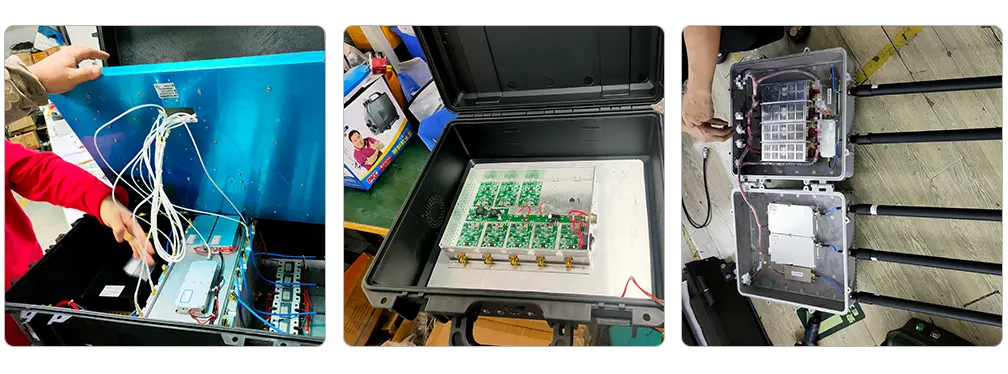
Rongxin UAV Jamming Module Anti Drone Signal Jammer Module Precaution
Power supply needs to carry 24V 3A
If the output power is greater than 5W and above, it is recommended to strengthen the heat dissipation treatment, such as adding a heat sink or adding a fan.
When connecting, you must first screw on the antenna, then connect the front-end source device, and finally supply power
